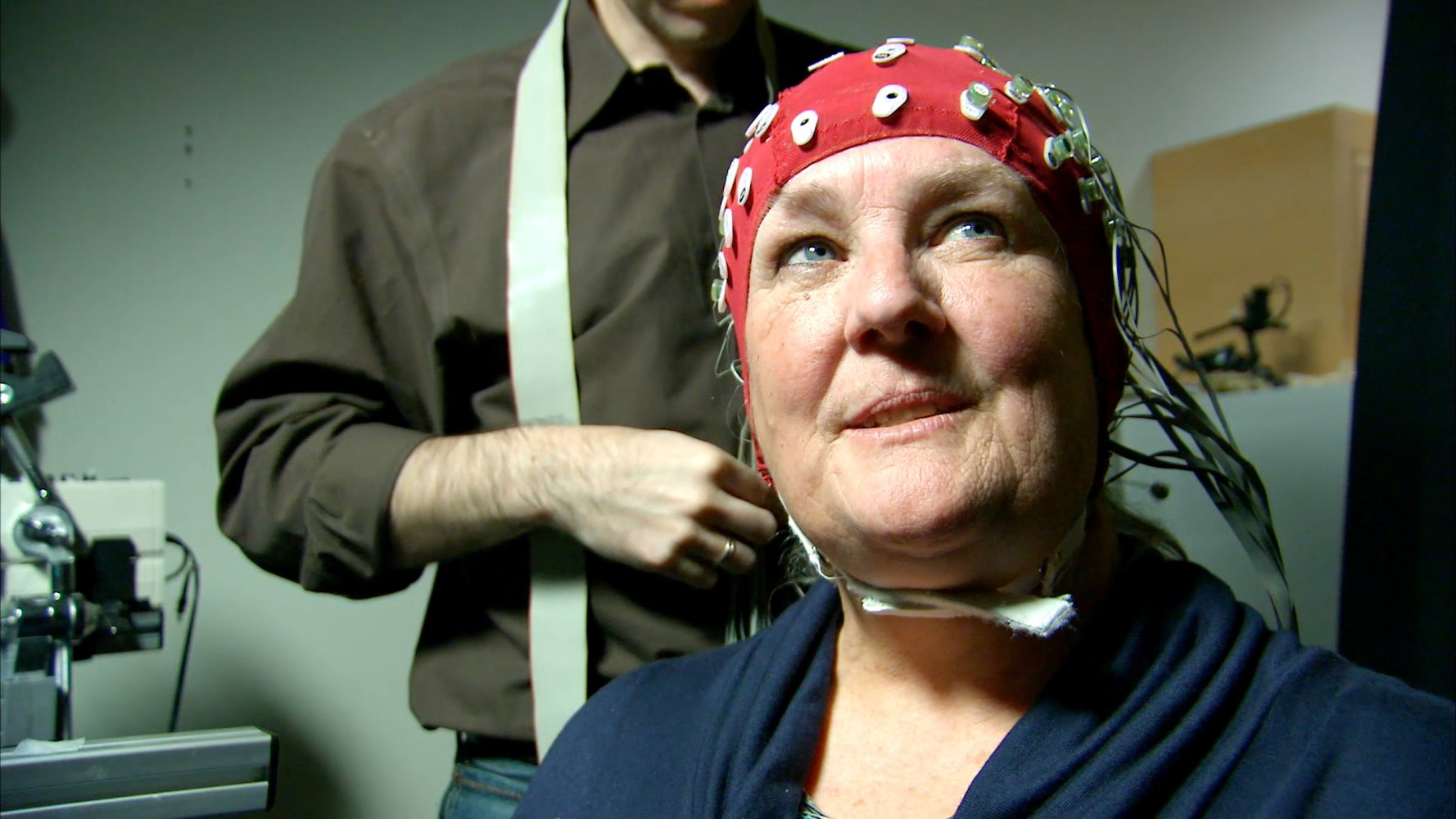November is National Diabetes Month. Is it ironic or intentional that this recognition should fall at the beginning of the holiday season, when temptations abound, and travel disrupts our care routine?
The Centers for Disease Control and Prevention (CDC) says that having diabetes shouldn’t stop you from enjoying holiday celebrations and travel. With some planning and a little work, you can stay healthy on the road and at holiday gatherings with friends and family.
The most important step in managing diabetes during holiday travel and festivities is preparing. Know what you’ll be eating, how to enjoy a few traditional favorites while sticking with a healthy meal plan and how to pack necessary supplies for a trip, and you’re all set to celebrate!
At Feasts and Parties
Before you show up at the Thanksgiving feast, take these steps to make sure you stick to your meal plan:
- Eat a healthy snack beforehand to avoid overeating at the party.
- Ask what food will be served, so you can see how it fits into your meal plan.
- Bring a nutritious snack or dish for yourself and others.
You don’t have to give up all of your holiday favorites if you make healthy choices and limit portion sizes. At a party or holiday gathering, follow these tips to avoid overeating and to choose healthy foods:
- If you’re at a buffet, fix your plate and move to another room away from the food, if possible.
- Choose smaller portions.
- Choose low-calorie drinks such as sparkling water, unsweetened tea or diet beverages. If your doctor says it’s okay for you to consume alcoholic beverages, limit it to one drink a day for women, two for men, and drink only with a meal.
- Watch out for special holiday main dishes such as ham coated with a honey glaze, or turkey swimming in gravy. Instead, choose turkey without gravy (and trim off the skin) or other lean meats.
- Select side dishes and vegetables that are light on butter, dressing, sour cream and other extra fats and sugars. (At Thanksgiving, that usually means avoiding the sweet potatoes with marshmallows, and that famous green bean casserole!)
- Watch the salt. Some holiday favorites are made with prepared foods high in sodium. Choose fresh or frozen vegetables that are low in sodium.
- Select fruit instead of pies, cakes and other desserts high in fat, cholesterol and sugar.
- Focus on friends, family and activities instead of food. Take a walk after a meal, or join in the dancing at a party.
Traveling for the Holidays
“Over the river and through the woods….” Or, more likely, to the airport or on the highway. Either way, visiting friends and family means changing routines. Make sure you remember to take care of your diabetes while traveling. Check your blood glucose (sugar) more often than usual, because a changing schedule can affect levels.
Managing Your Medication
- Pack twice the amount of diabetes supplies you expect to need, in case of travel delays.
- Keep snacks and glucose gel or tablets with you in case your blood glucose drops.
- Make sure you keep your medical insurance card and emergency phone numbers handy, including your doctor’s name and phone number.
- Carry medical identification that says you have diabetes.
- Keep time zone changes in mind so you’ll know when to take medication.
- If you use insulin, make sure you also pack a glucagon emergency kit.
- Keep your insulin cool by packing it in an insulated bag.
On the Road and in the Air
- Get an influenza vaccination before traveling, unless your medical provider instructs otherwise. Get the flu shot, not the nasal spray.
- Bring a few bottles of water instead of sweetened soda or juice.
- Pack dried fruit, nuts and seeds as snacks. Since these foods can be high in calories, measure out small portions (¼ cup) in advance.
- The TSA says, “Passengers who have insulin pumps can be screened using imaging technology, metal detector, or a thorough pat-down. A passenger can request to be screened by pat-down in lieu of imaging technology. Screening can be conducted without disconnecting from the pump. However, it is important to let the officer know about the pump before the screening process begins.”
- Place all your diabetes supplies in your carry-on luggage. Keep medications and snacks at your seat for easy access. Don’t store them in overhead bins.
- Have all syringes and insulin-delivery systems (including vials of insulin) clearly marked with the pharmaceutical preprinted label that identifies the medications. Keep them in the original pharmacy-labeled packaging.
- If a meal will be served during your flight, call ahead for a diabetic, low-fat or low-cholesterol meal. Wait until your food is about to be served before you take your insulin.
- If the airline doesn’t offer a meal, bring a nutritious meal yourself. Make sure to pack snacks in case of flight delays.
- When drawing up your dose of insulin, don’t inject air into the bottle (the air on your plane will probably be pressurized).
Don’t Forget to Exercise
It’s tempting to settle in on the couch after those big holiday meals, but this is a bad time to neglect your physical activity routine! How about catching up on the year’s news with a friend or relative while enjoying a walk through the autumn leaves?
Walking is also a great stress-buster—something we can surely be thankful for during the holidays!




